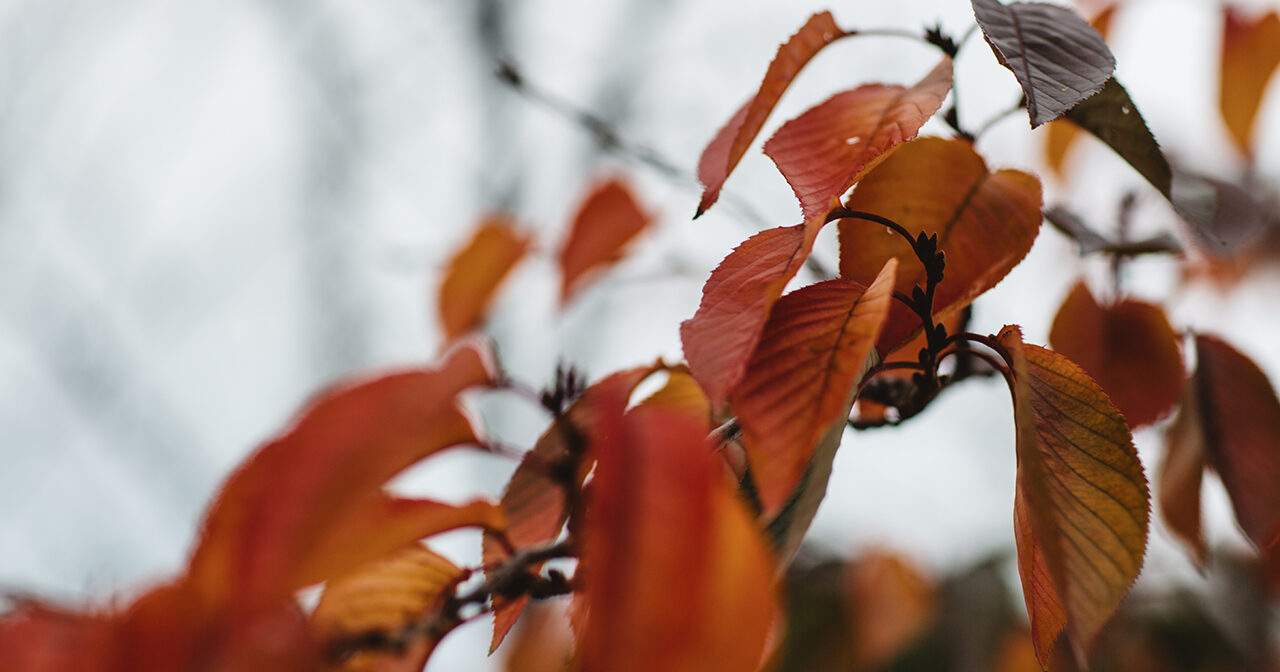26 February 2012
Homs
by Dr Yael Klangwisan
Marie Colvin died on Tuesday in Homs, Syria. She was a war correspondent for the London Sunday Times. She was an iconic figure in war correspondence looking rather like a female version of Israeli war hero Moshe Dayan: strong, compelled, an irrepressible spirit. She continued to pursue her vocation even though she had lost an eye to shrapnel in war torn Sri Lanka in 2001. Her black eye patch became trademark.
In her last interview she was my eyes, and my conscience. She was there in an emergency ward in Homs at the tragic event of the dying of a two year old child, a little boy. She was there at the very moment of death. Because she was there, so was I. Shrapnel had pierced his chest. I watched in despair. The doctor could do nothing. His father could do nothing. His grandmother, a volunteer in the centre could do nothing. Nothing but gasp and wail. I watched, sad and distant from the scene knowing that by now, he and hundreds like him are already dead. A Syrian blogger uploaded footage of the child’s last heaving breaths. That blogger is dead as is Marie Colvin who spent her last hours writing, documenting, composing the epitaph of Homs. French photographer Rémi Ochlik, is also dead, died with her. He was an award winning photojournalist from France, documenting wars around the world. He had captured in his lens the last heaving breaths of Homs itself. There are rumours that the Syrian army had been able to track the signals coming from their makeshift media room. Shells were launched straight at their location.
The Syrian army has launched an assault on the 800,000 people living in the west Syrian city. Homs is close to the northern border of Lebanon. A beautiful, old city with a long and vibrant history. It’s quite cool there now. It is autumn. There is a very light wind drifting across from the Mediterranean. Not that anyone in Homs right now is taking in inanities such as the weather. Krak des Chevaliers, the stunning crusader castle on a ridge 45 kilometres away from Homs may yet stand. It has stood for 900 years. The child in the emergency room in Homs, stood for less than two.
These events in Syria, the moment of the death of a child, now accented for the West by the deaths of these two journalists, are a travesty of grace. These travesties in dark corners documented by those courageous souls compelled by an inner sense of justice, of ethics, of the right to life, to be our conscience, to witness, look straight into darkness, the violence, the horrifying mercilessness of which human beings seem so capable. Bringing it into the world’s gaze. Homs is already falling, but because of people like Marie and Rémi, we will witness and live in the knowledge that it fell; that we could do nothing; did nothing; wished for something; wished for anything. We will see it fall and we will live in the discomforting knowledge. We will live with its memory. I see Homs and the dying child.
Homs, Syria.
